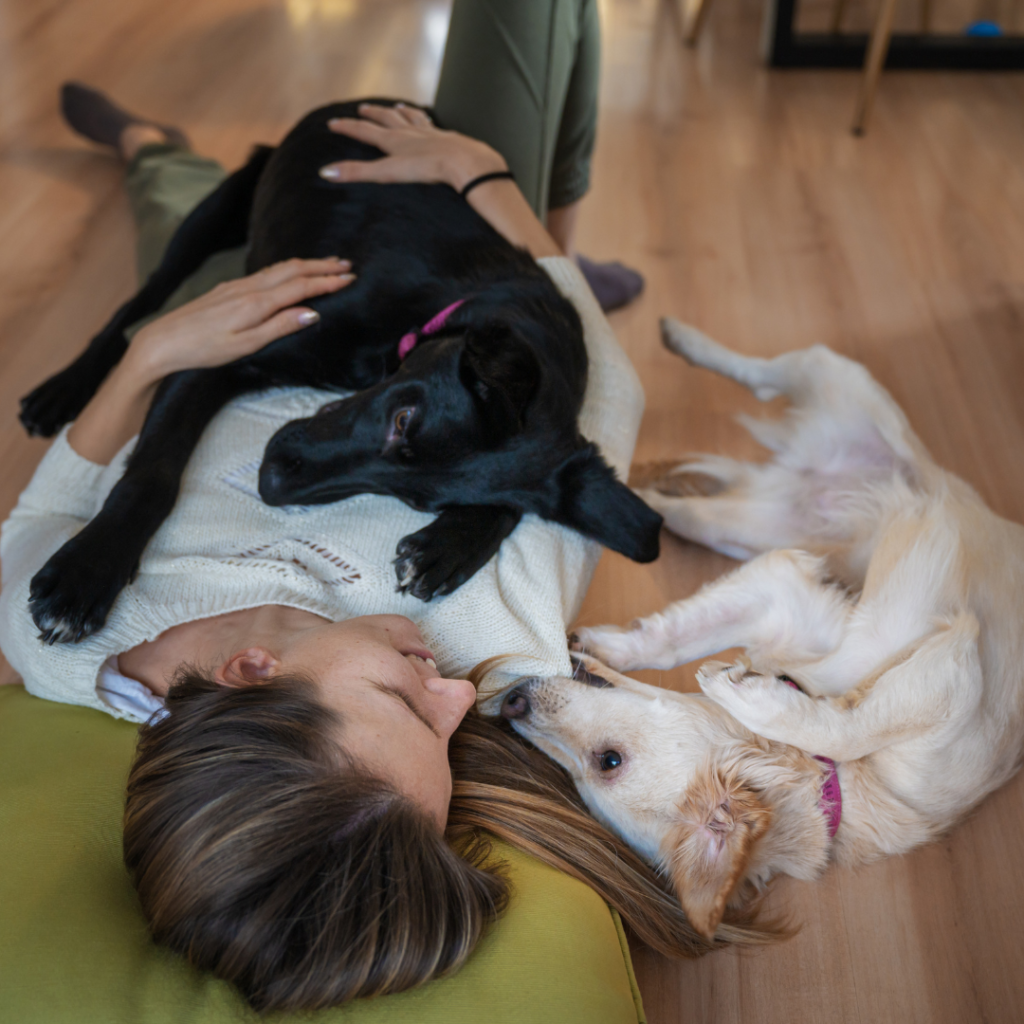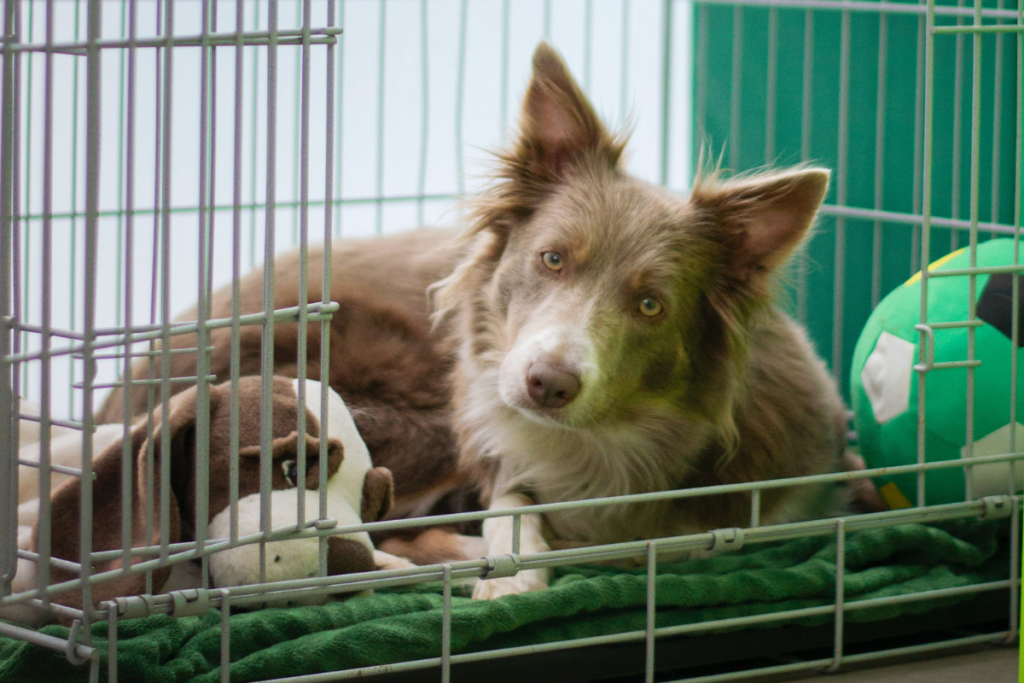
Dogs’ relationship with humans has been an interesting journey. They evolved to ‘hang out’ with humans by scavenging at camp sites for food, and over the years we have developed dogs for their traits such as hunting, guarding, and companionship. Their role in society has changed fairly recently. It was no so long ago that dogs lived outside and were thrown scraps for dinner. Nowadays many more dogs are part of the family, live inside and go with the family to weekend soccer games and cafes. With that comes pressure for dogs to behave and fit in. A dog that may show signs of being uncertain or scared towards people is not looked upon favourably. We do expect a lot from our dogs in modern times.
Maybe your dog doesn’t like all people they meet. I probably don’t like everyone I meet. Come to think of it, my circle of friends has gotten smaller over the years 😄.
You may notice little things like your dog turning away or lip licking when they meet people, or they just ‘stay away’. But maybe you have seen more obvious signals such as growling or snapping at people. These signals are our dogs communicating they are uncomfortable and trying to increase the distance they are from the human. Start to research canine body language, there is a lot of info out there about happy, relaxed or fearful, uncomfortable dogs. By learning we can help dogs to be more comfortable around people by increasing our distance and taking the pressure off them to interact with us.
Visitors to the house

Lots of dogs can become territorial about their space so it’s helpful to have a ‘safe space’ for your dog to go when people come to your house. This is to help everyone be safe, including your dog! Allow them to retreat to their space when needed and always actively supervise visitors around your dog, especially children.
When out and about
If you’ve ever had a dog who is shy or uncertain of people, I’m sure you’ve experienced the scenario of the person who says ‘all dogs love me’ as they encroach into your dog’s space to pat them. Be sure to advocate for your dog. Learn some techniques such as ‘escape turn to front’, emergency U-turns and simply standing in front of your dog blocking them from advancing but well-meaning hands. Explain to people that your dog doesn’t like strange people touching them (just as they wouldn’t like you giving them a hug!), however they may like you to toss or give them a treat.
Greeting shy dogs and the consent test
When teaching your dog to be around other people and even meet them, it’s best to allow your dog to choose.
- Ask the owner (or an adult if you are a child). Then ask the dog; you can softly call the dog’s name, or just say hi, or WAIT until the dog comes to you.
- If the dog doesn’t come to you, then the dog doesn’t want to be greeted. They may approach you next time or later. If the dog does come to you:
- LET the dog sniff you (don’t reach out your hand to the dog!)
- READ the dog’s body language. Is it soft, curved, soliciting attention? Are the eyes and mouth soft? Is the tail gently wagging?
- Avoid leaning over or reaching over the head or patting on the head.
- Do a CONSENT TEST
- Every dog is different, but some dogs enjoy a pat under the chin, or on the shoulder/side.
The Consent Test
When greeting a dog, even if they solicit attention from you, always do a ‘consent test’ to make sure they want to be touched.
Start by patting the dog for 3 seconds, or 3 strokes, then stop. See if the dog moves away, or wants to be patted some more. You should be able to tell if the dog wants more if they move into you and attempt to get more attention. If they move away, they probably prefer it to not continue. Or they may just need a break.
Is your dog protective of you?
You may have heard people say that their dog barks at other people when out on a walk if they come too close because they are being protective. Some breeds and mixes have guarding tendencies in their genetics or may have been trained to protect their humans. Most likely the dog has learned that barking increases the distance between them/their human and the person, so it works well to get them to go away from them. There is training you can do to change associations, and for it to be the most effective we recommend getting assistance from a qualified force free trainer.
Final word
In conclusion, we need to reduce our expectations that all dogs like everyone. Give them space and time to decide if they want to interact with you. Then be appropriate and kind when they do.
